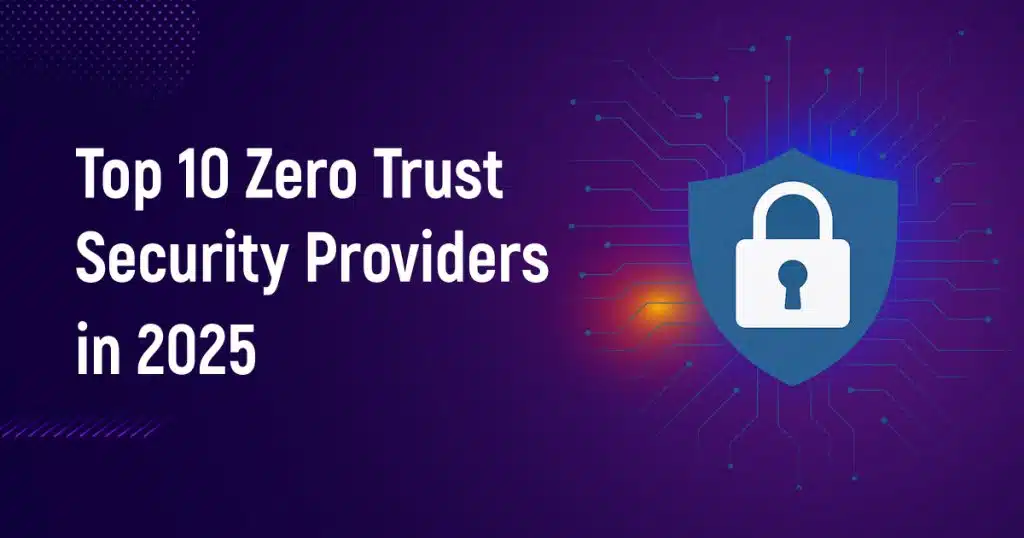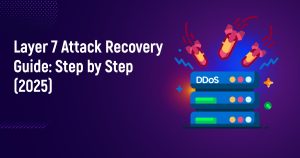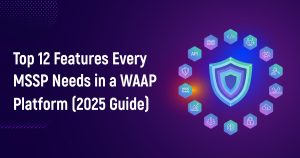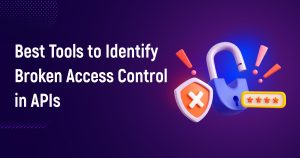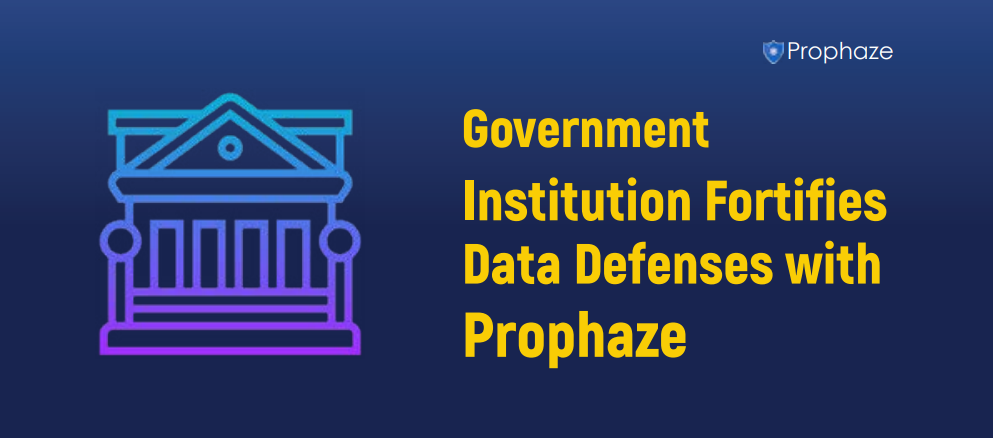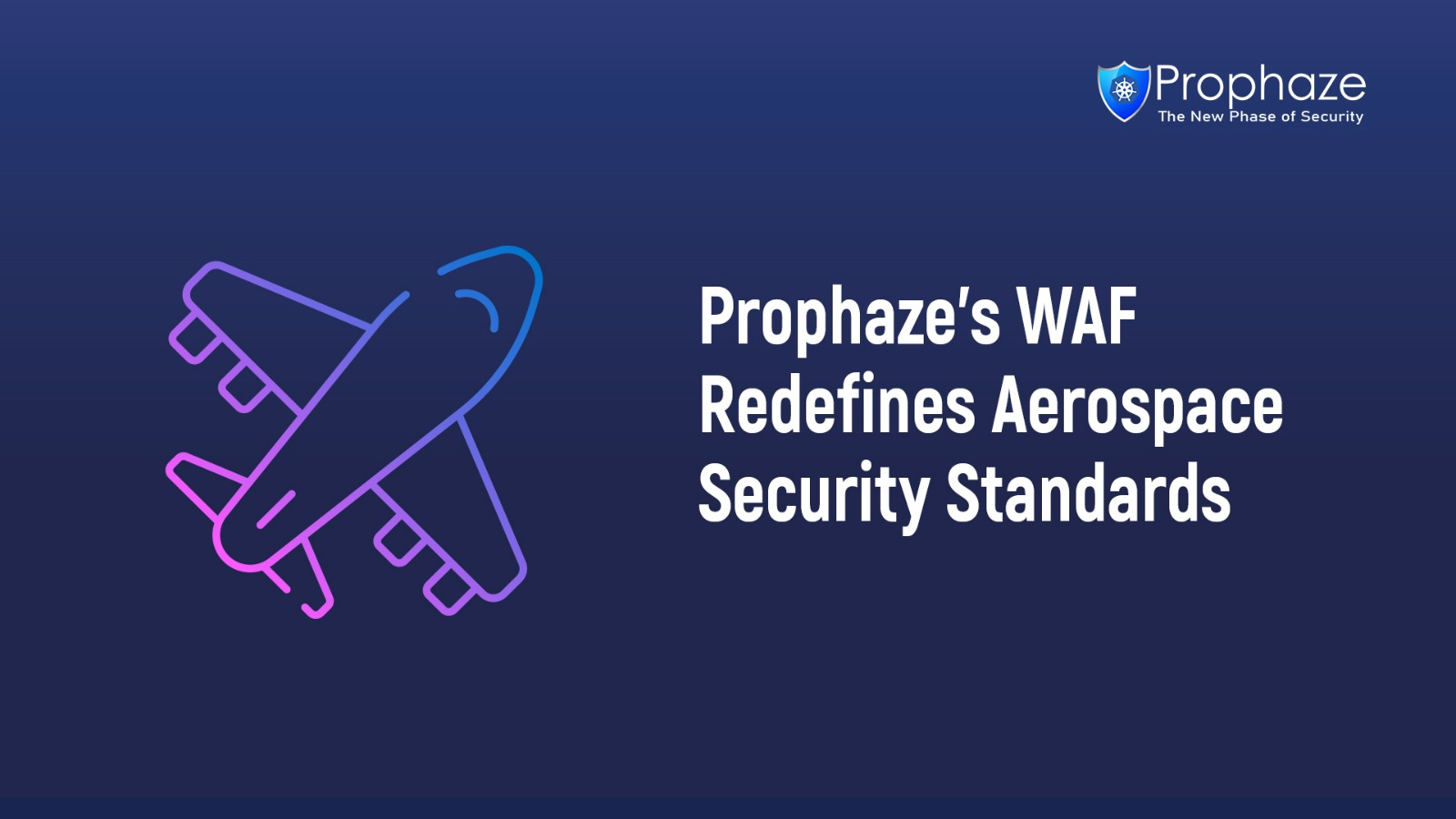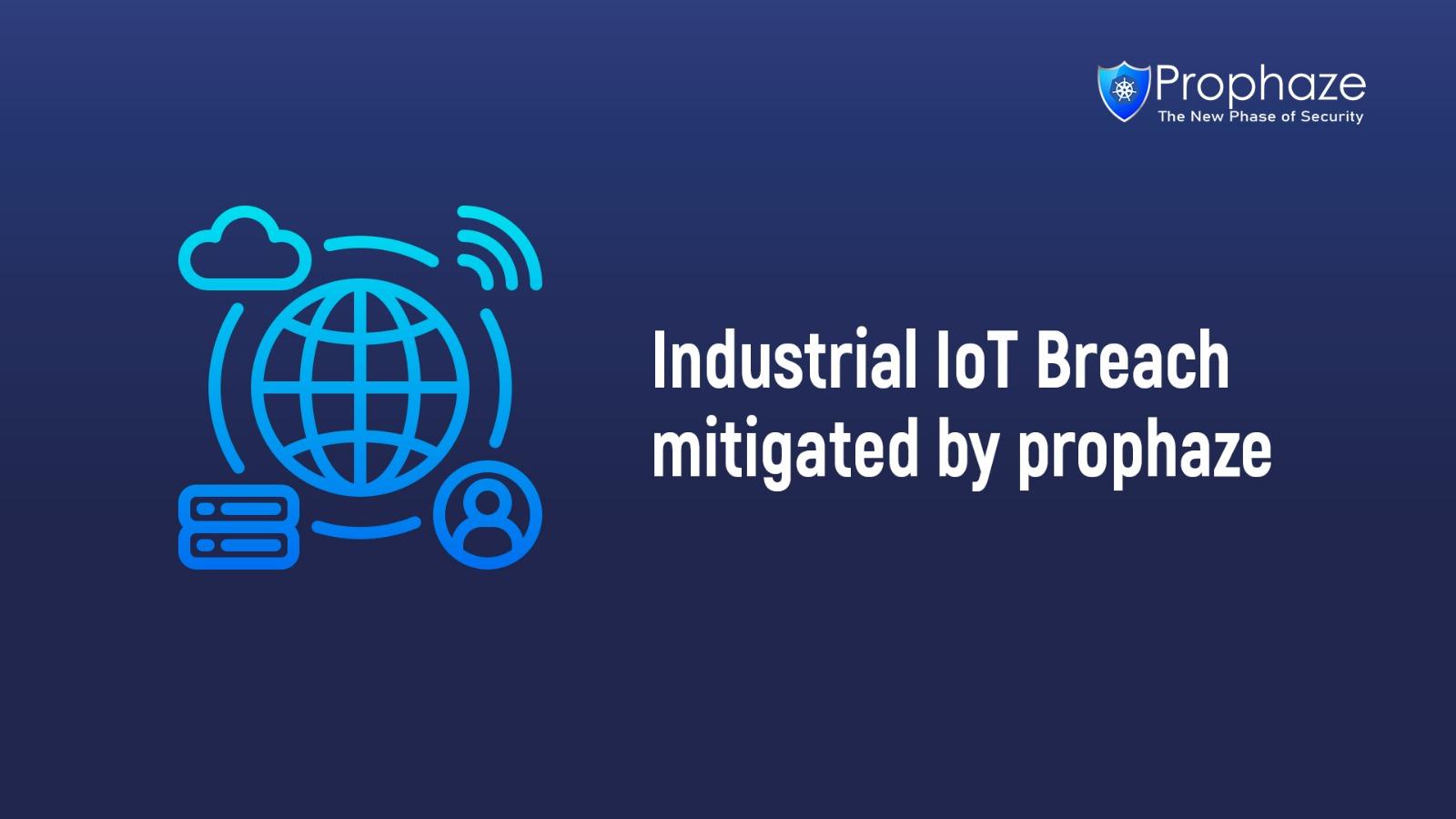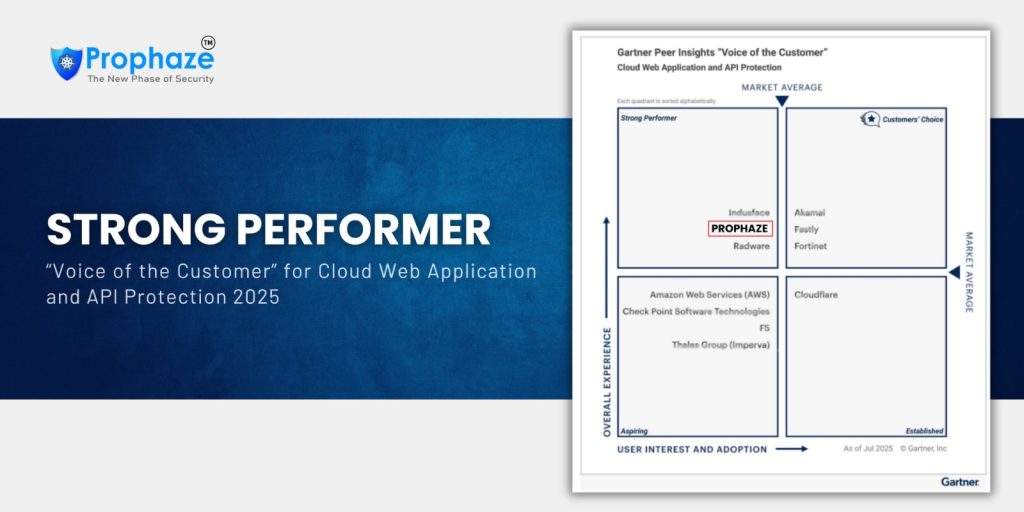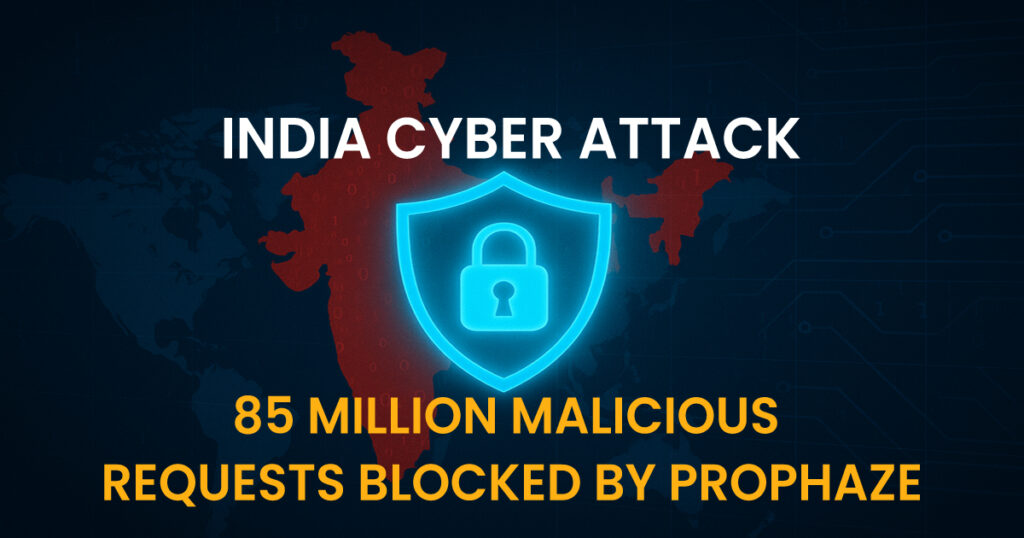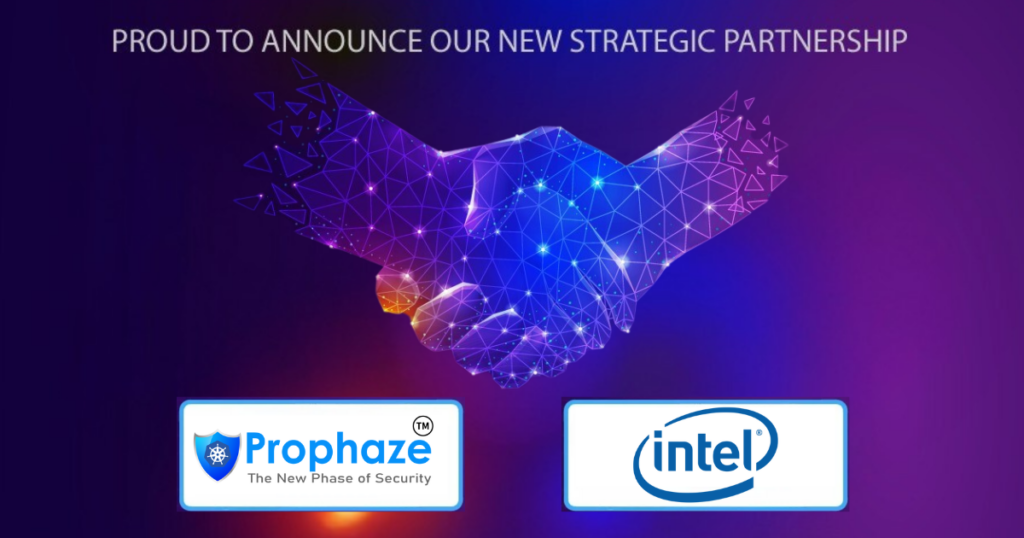Zero Trust is no longer a buzzword — it’s the bedrock of modern cybersecurity. As 2025 unfolds, enterprise infrastructure is becoming cloud-native, distributed, and more vulnerable to advanced threats. The traditional perimeter-based approach is obsolete.
Zero Trust Architecture (ZTA) enforces “never trust, always verify” across users, devices, APIs, workloads, and networks — in real-time. But in today’s fast-evolving threat landscape, not all Zero Trust solutions are created equal.
We evaluated the most impactful Zero Trust security providers of 2025, based on:
-
Cloud-native compatibility
-
Real-world threat mitigation
-
Developer-friendliness
-
AI automation
-
Scalability across distributed systems
Let’s dive into the platforms that are leading the Zero Trust revolution, with a spotlight on Prophaze, an AI-powered disruptor built for the Kubernetes era.

Top Zero Trust Security Companies Driving Modern Cyber Defense
The cybersecurity landscape in 2025 is shaped by cloud-native infrastructure, remote workforces, and increasingly sophisticated threats. As organizations shift toward Zero Trust models, the need for adaptable, scalable, and intelligent solutions has never been greater. Below are the leading security vendors that are setting the benchmark for Zero Trust implementation across industries — from legacy giants to modern, AI-driven innovators.
1. Prophaze — Redefining Zero Trust for Kubernetes and API-Driven Workloads
Prophaze breaks from legacy security by delivering Zero Trust at the application layer — where today’s attacks actually happen. Designed for containerized environments, Prophaze’s Kubernetes-native WAF and AI behavioral engine provide deep, real-time threat defense across APIs, microservices, and workloads.
Where others require agent bloat or complex configuration, Prophaze deploys zero-touch with DevSecOps-aligned workflows, reducing security friction in agile environments.
What Sets It Apart:
-
Kubernetes-native WAF for scalable, application-layer defense.
-
AI-powered behavioral detection with automated threat response.
-
Zero-touch deployment for cloud-native environments.
-
Recognized by Gartner for its innovation in cloud security.
2. Palo Alto Networks — Unified ZTA Across Cloud, Endpoint, and Network
Palo Alto Networks delivers Zero Trust through its Prisma Access platform, combining endpoint, cloud, and network security into one cohesive architecture. Its strength lies in intelligent policy enforcement, real-time visibility, and machine learning-based threat detection.
What Sets It Apart:
-
Full-stack Zero Trust model across hybrid environments.
-
Deep AI and ML integration for threat prevention.
-
Broad support for SASE, CNAPP, and firewall integration.
3. Zscaler — Cloud-Native ZTA for Secure Remote Access
Zscaler’s Zero Trust Exchange enables direct-to-application access without network exposure, making it ideal for globally distributed workforces. With over 150 global data centers, it ensures secure, low-latency connections for remote users.
What Sets It Apart:
-
Cloud-native architecture optimized for remote work.
-
Real-time posture assessment and inline threat analysis.
-
Fine-grained access segmentation at the application level.
4. Okta — Identity at the Core of Zero Trust
As identity becomes the new perimeter, Okta leads with its Identity Cloud platform. It offers centralized identity management, adaptive multi-factor authentication, and context-aware access policies to enable secure, identity-first access across thousands of applications.
What Sets It Apart:
-
Strong identity federation and SSO capabilities.
-
Behavioral analytics for real-time risk-based access.
-
Broad application and API integrations.
5. Cisco — Layered Zero Trust Across Enterprise Assets
Cisco implements a layered Zero Trust model through products like Duo Security, Umbrella, and Secure Access. Its approach focuses on endpoint validation, user verification, and continuous monitoring — all integrated into a cohesive platform.
What Sets It Apart:
-
Visibility across endpoints, applications, and networks.
-
Contextual access controls based on device and user posture.
-
Enterprise-ready scalability and hybrid deployment support.
6. Microsoft — Integrated ZTA Across Cloud Ecosystem
Microsoft offers Zero Trust through tight integration within its Azure and Microsoft 365 ecosystem. With tools like Azure AD, Microsoft Defender, and Entra, it enables dynamic policy enforcement and telemetry-driven risk detection across identities, apps, and endpoints.
What Sets It Apart:
-
Native integration across Microsoft services.
-
Real-time conditional access based on usage patterns.
-
Centralized controls for identity, device, and workload security.
7. CrowdStrike — Converging Identity and Endpoint Protection
CrowdStrike’s Falcon Zero Trust platform extends its endpoint detection and response (EDR) capabilities into the Zero Trust space. By correlating identity, behavior, and device signals, it prevents unauthorized access and lateral movement across hybrid environments.
What Sets It Apart:
-
Unified agent for endpoint and identity protection.
-
ThreatGraph AI engine for behavioral anomaly detection.
-
Strong telemetry-based enforcement in real time.
8. Fortinet — Network-Centric ZTA for Edge and Core
Fortinet applies Zero Trust principles at the network edge using its FortiSASE and FortiOS platforms. Its architecture supports hardware-accelerated security, making it suitable for high-performance environments like operational technology and remote branches.
What Sets It Apart:
-
Integrated SD-WAN, NGFW, and ZTNA in a single platform.
-
Centralized policy and performance management.
-
Strong fit for IoT, OT, and edge-based deployments.
9. Check Point — AI-Driven Threat Prevention in ZTA
Check Point’s Infinity Architecture unifies protection across cloud, endpoint, and networks while leveraging ThreatCloud AI for real-time threat intelligence. Its focus on prevention-first architecture makes it a trusted option for enterprises facing complex attack surfaces.
What Sets It Apart:
-
Unified security policy across environments.
-
Real-time, AI-powered threat detection.
-
Flexible multi-cloud and on-prem deployment options.
10. Broadcom — Data-Centric ZTA for Regulated Industries
Broadcom’s Symantec platform offers Zero Trust tailored for compliance-heavy industries such as finance and healthcare. It combines secure access, enterprise-grade DLP, and scalable identity analytics to protect data across user journeys.
What Sets It Apart:
-
Deep content inspection with DLP integration.
-
Secure web and cloud access through policy enforcement.
-
Scalable identity analytics for insider threat detection.
Why Innovation in Zero Trust Matters More Than Scale
In 2025, Zero Trust is not just a framework — it’s an operational necessity. While legacy providers offer breadth and maturity, emerging platforms like Prophaze stand out by offering agility, precision, and deep alignment with cloud-native and DevOps workflows.
Organizations adopting Zero Trust must look beyond traditional models and embrace tools that offer:
-
Real-time behavioral protection
-
Native Kubernetes and container support
-
Seamless integration with CI/CD pipelines
-
AI-powered automation and response
In a landscape where speed, scale, and resilience are key, Prophaze represents the kind of focused innovation needed to stay secure without slowing down.

